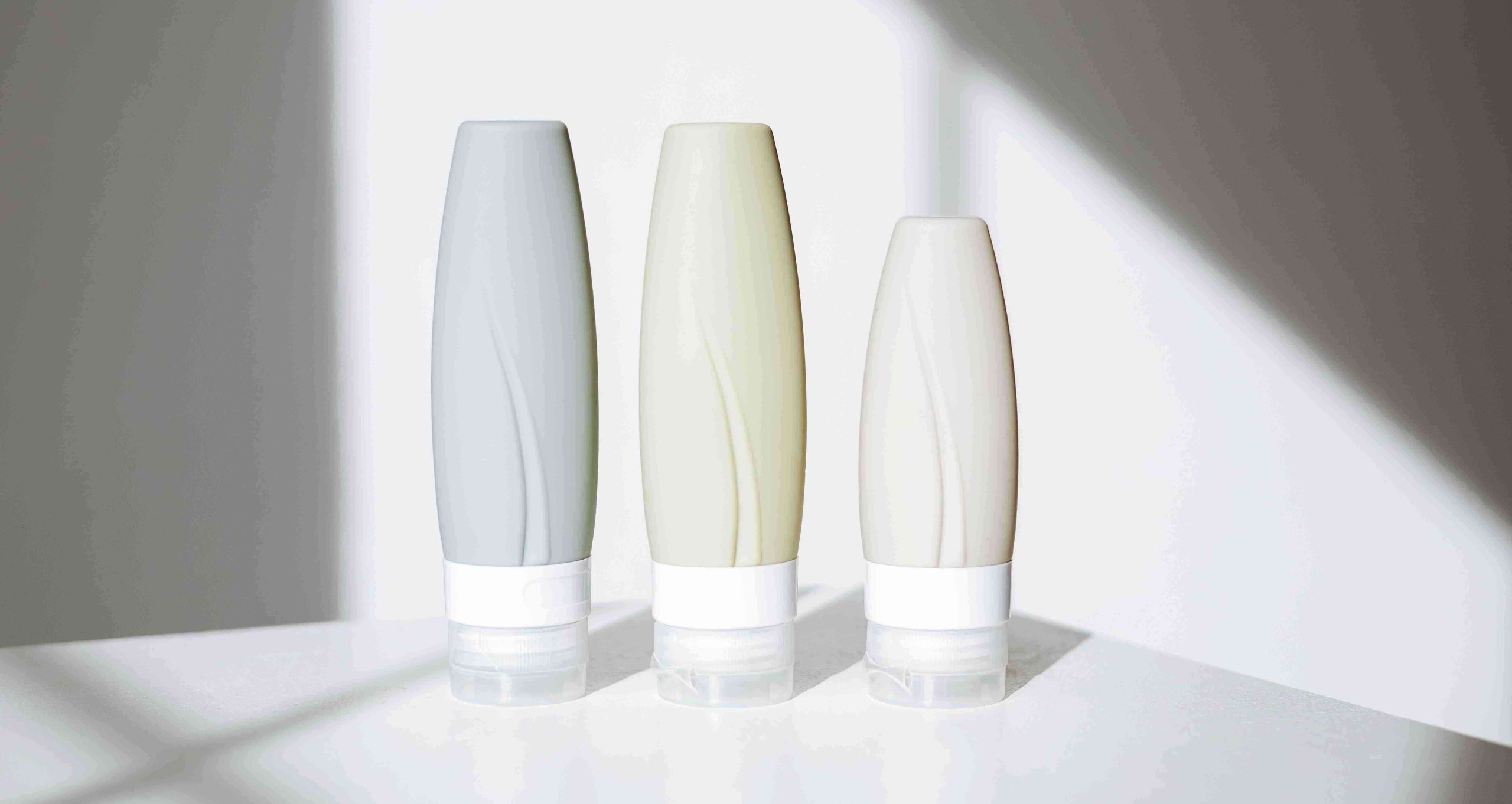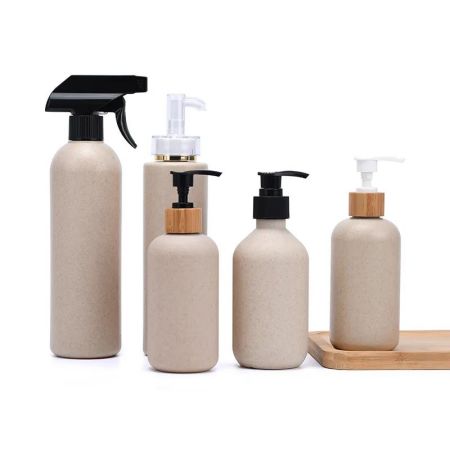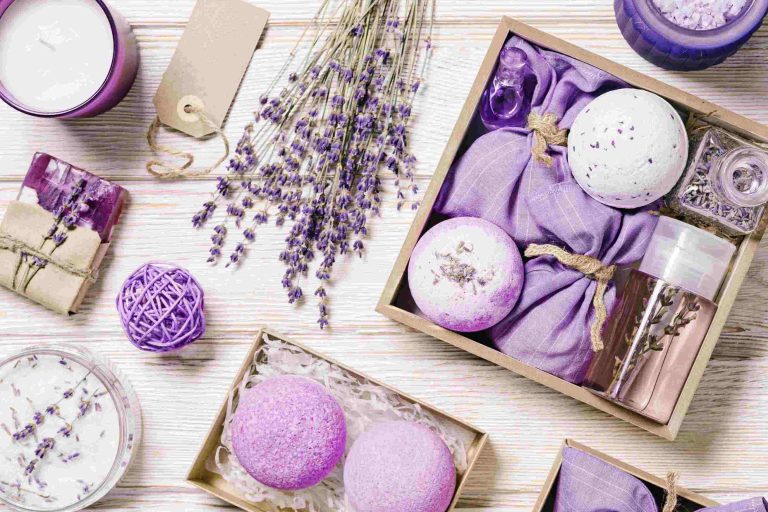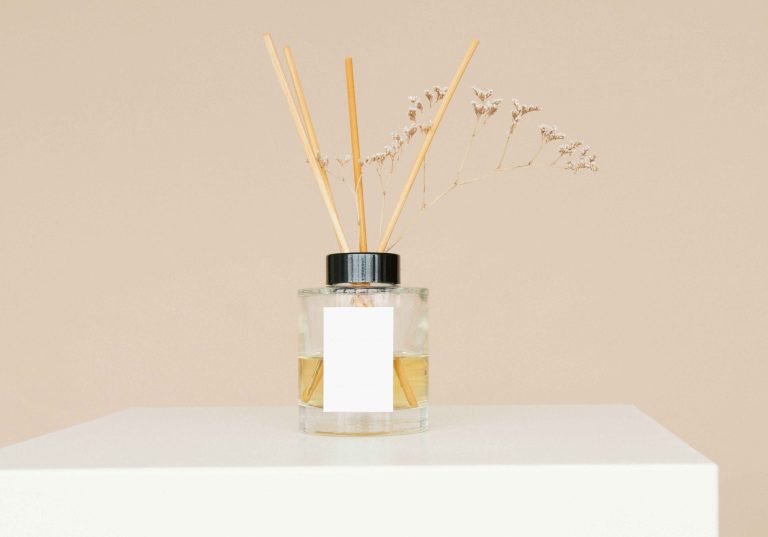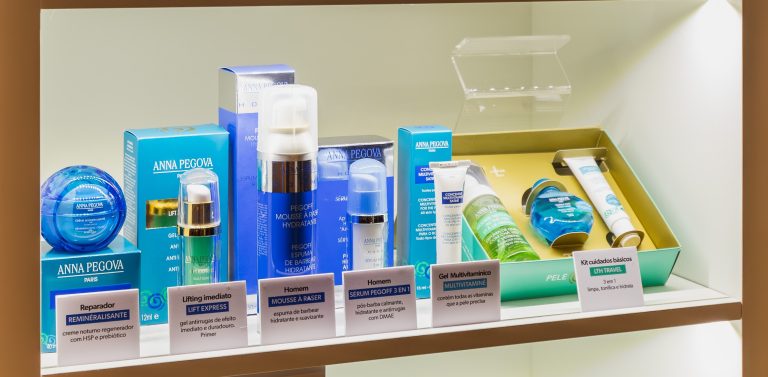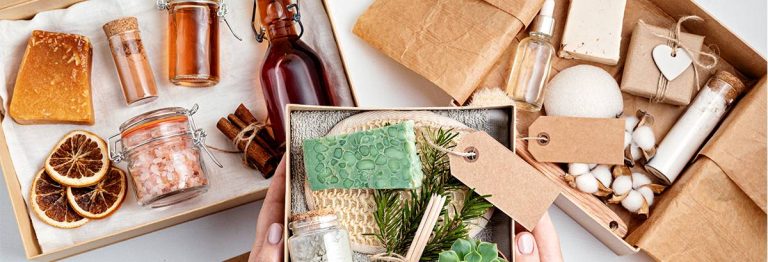Differences Between PET, PE, and PP Plastic Bottles
While there are many materials used for plastic bottles, each type has its unique features and applications. Let’s compare the advantages and disadvantages of these three materials:
| Property | PE (Polyethylene) | PP (Polypropylene) | PET (Polyethylene Terephthalate) |
| Transparency | Translucent | Translucent to Opaque | Clear |
| Barrier Properties | Fair | Fair | Excellent |
| Flexibility | Flexible | Rigid | Semi-rigid |
| Heat Resistance | Fair | Good | Good to Excellent |
| Chemical Resistance | Good | Good to Excellent | Excellent |
| UV Resistance | Poor | Moderate | Good to Excellent |
| Cost | Low | Low to Moderate | Moderate to High |
| Toxicity | Non-toxi | Non-toxic | Non-toxic |
| Environmental Concerns | Recyclable and Widely Accepted | Recyclable and Accepted | Recyclable and Widely Accepted |
| Advantages 1 | – Flexibility and Softness | – Heat and Chemical Resistance | – Excellent Clarity and Transparency |
| Advantages 2 | – Good Chemical Resistance | – Lightweight and Cost-effective | – High UV Resistance |
| Advantages 3 | – Low Cost | – Versatility in Applications | – Wide Range of Forming Options |
| Disadvantages 1 | – Lower Barrier Properties | – Relatively Brittle | Higher Cost Compared to PE and PP |
| Disadvantages 2 | – Lower Heat and UV Resistance | – Limited Clarity for Printing | |
| – Not Suitable for Some Specialized Applications |
1. Polyethylene (PE):
- Characteristics: PE is soft to the touch, giving it a waxy texture. It is relatively lightweight with some transparency. When burned, the flame is blue.
- Toxicity: Non-toxic and harmless to the human body.
- Types:
- High-Density Polyethylene (HDPE): Density 0.945 – 0.9 g/cm³, Melting Point 125 – 137°C.
- Linear Low-Density Polyethylene (LLDPE): Density 0.925 g/cm³, Melting Point 120 – 125°C.
- High-Pressure Low-Density Polyethylene (HP-LDPE): Density 0.918 g/cm³, Melting Point 105 – 115°C.
PE (Polyethylene) plastic bottles have a wide range of uses due to their favorable properties. Some common applications and use ranges for PE plastic bottles include:
- PE (Polyethylene) plastic bottles have a wide range of uses due to their favorable properties. Some common applications and use ranges for PE plastic bottles include:
- Personal Care Products: PE bottles are commonly used for packaging various personal care products such as shampoos, conditioners, body wash, lotions, creams, and hand sanitizers.
- Household Cleaners: PE bottles are suitable for packaging household cleaning products like liquid detergents, disinfectants, and surface cleaners.
- Food and Beverage: PE bottles are used for packaging certain food and beverage products, such as squeeze bottles for ketchup, mayonnaise, and other condiments.
- Cosmetics and Toiletries: PE bottles are commonly used for packaging makeup removers, facial cleansers, toners, and other cosmetic and toiletry items.
- Pet Care Products: PE bottles are utilized for packaging pet care products like shampoos, conditioners, and grooming solutions.
- Travel-sized Bottles: PE bottles are popular for travel-sized toiletries and miniatures due to their lightweight and portable nature.
2. Polypropylene (PP):
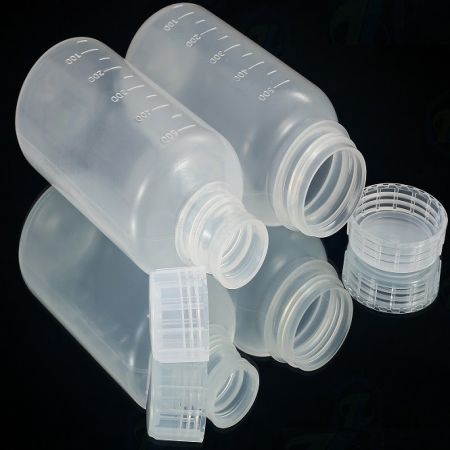
- Applications: PP is used for microwave-safe tableware, plastic buckets, thermos bottle shells, and more.
- Characteristics: PP exhibits high chemical stability, good hygiene performance, and excellent heat resistance.
- Toxicity: Non-toxic and harmless to the human body.
- Types: Isotactic PP with a melting point of 164 – 170°C, crystalline density of 0.935 g/cm³, non-crystalline density 0.851 g/cm³. Aging can be overcome with antioxidants and light stabilizers.
The PP plastic reagent bottle is used for various applications:
- Sampling scale bottle: Used for collecting and storing small samples in laboratories and research settings.
- Corrosion-resistant: Resistant to damage from acids and alkalis, making it suitable for storing and handling corrosive substances.
- Sealed: Provides an airtight seal, preventing any leakage or contamination of the contents.
- Polypropylene: Made from polypropylene material, which ensures chemical resistance and durability.
- High-temperature sterilization: Can withstand high-temperature sterilization processes without warping or degrading.
Overall, the PP plastic reagent bottle is a versatile and reliable choice for storing and handling various substances in laboratory and scientific applications.
3.Polyester (PET):
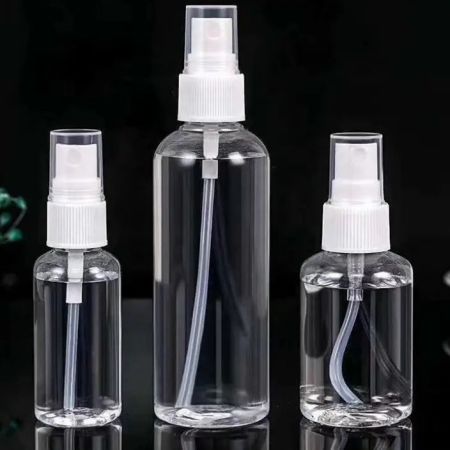
- Applications: PET is used for plastic bottles, medicine bottles, cosmetic bottles, bottle caps, and thermal insulation lids.
- Characteristics: PET offers good transparency, excellent chemical stability, and UV protection.
- Toxicity: Non-toxic.
- PET plastic bottles are the mainstream packaging for personal care products, holding a dominant position in the packaging industry.
Compared to PE and PP, PET bottles have significantly higher gas barrier properties, effectively preventing water vapor from evaporating. The plasticizing temperature of PET ranges from 243 to 270°C. It also boasts good heat resistance, heat oxidation resistance, excellent gloss and optical properties, low density, low acetaldehyde content, and resonable cost.
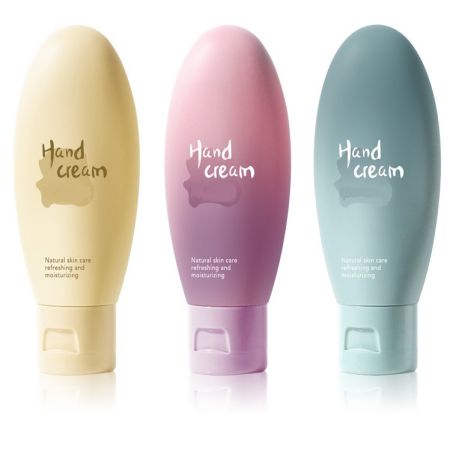
When choosing the right plastic bottle material, it is essential to consider the specific requirements of the product and its intended use. With the rapid advancement of PET processing technology, PET plastic bottles are extensively used in blow molding to create hollow containers, its strong formability has allowed it to dominate the packaging market. PET stands out for its transparency and chemical stability, making it ideal for various cosmetic products.

